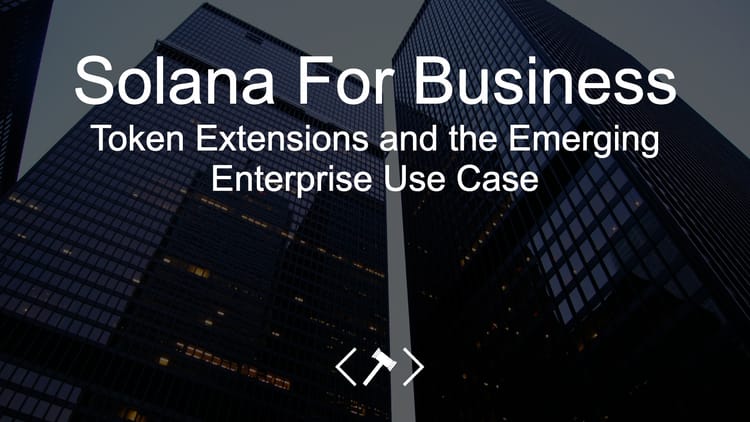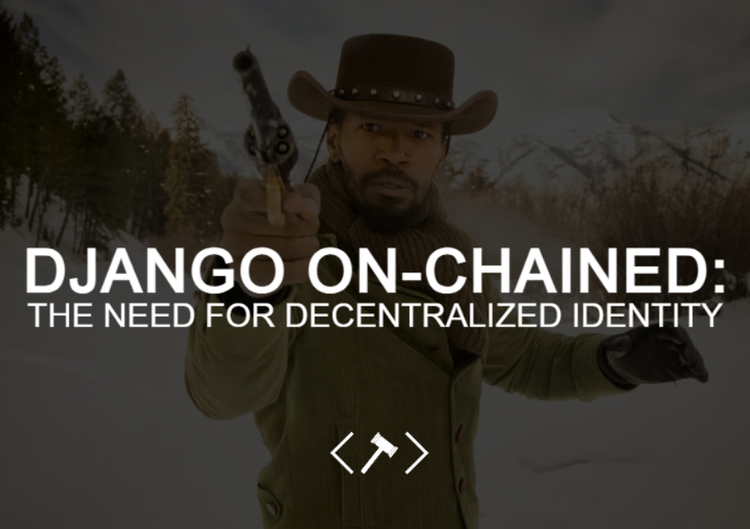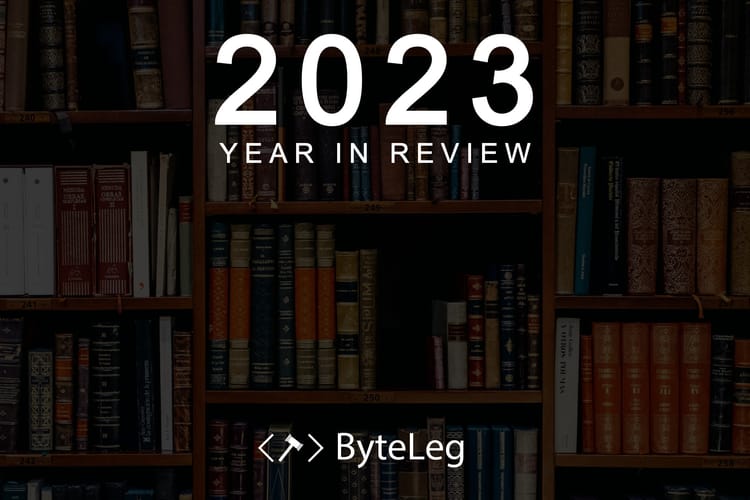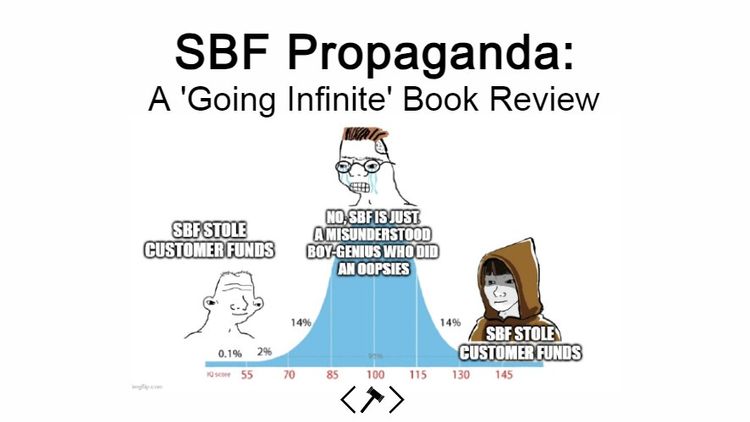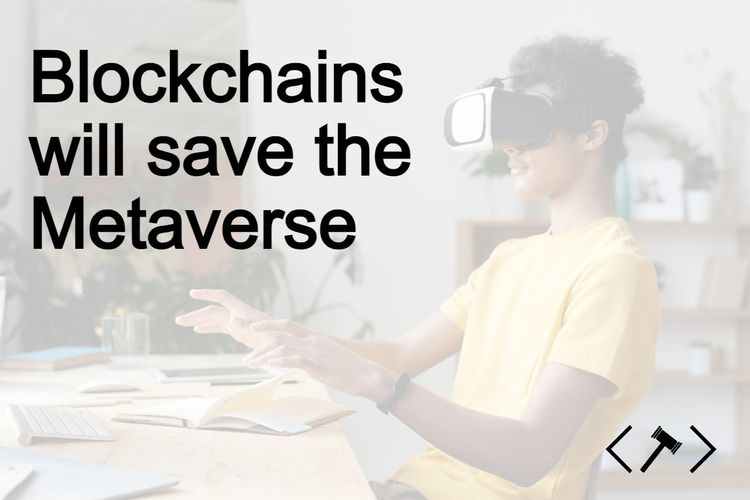On Chain - NFTs and Digital Tribes
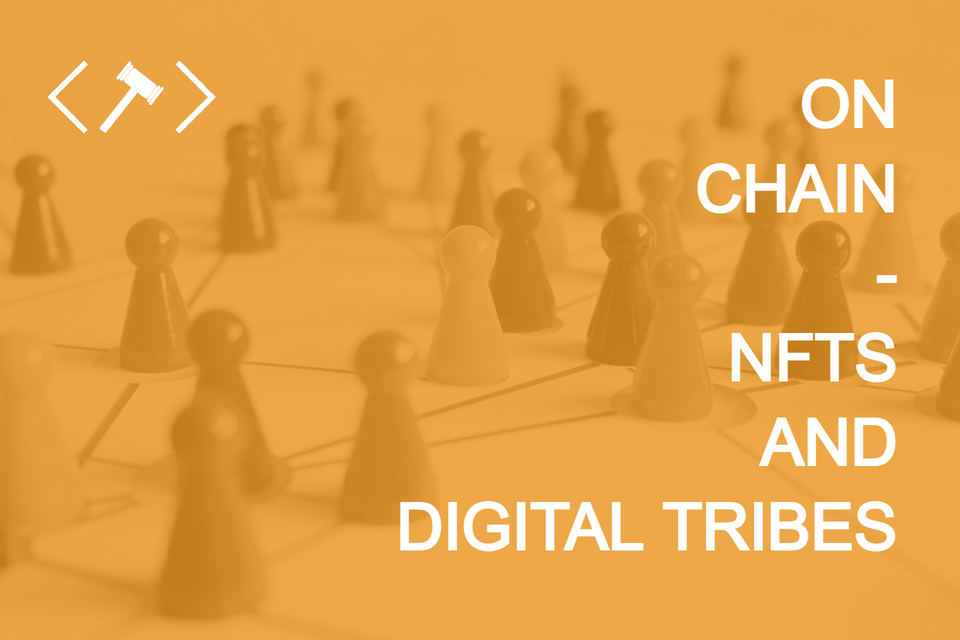
Last weekend I came across the book Tribes: We Need You to Lead Us by Seth Godin at Goodwill and figured that, for $1, it was worth picking up. Published in 2008, Tribes has none of the political baggage I was expecting. Instead of focusing on political tribalism online, Tribes focused on building and leading communities online.
In general, Tribes is not a book I'd recommend. It’s overly motivational, full of cringe phrases attempting to convince the reader that “yes, you too can be a leader!” The book has no table of contents, very little structure, and feels as if someone compiled their most viral twitter-threads on leadership and published them as a book. Despite its flaws, a few section of Tribes caught my eye, especially as I think about nonfungible tokens (NFTs) and digital communities.
Building Online Communities:
An Outline
One theme I’ve written about a lot is how difficult it is to grasp the true size of the internet. This is especially true in the way the internet enables niche, long-tail businesses to form. For example, I’m a paid subscriber of multiple podcasts, NFT communities, and newsletters that you’ve never heard of. Entire communities that wouldn’t have been possible before the internet are now able to thrive.
In 2008, Tribes is an early attempt at creating a roadmap to convert an online crowd into a tightknit community, which Goodin calls a “tribe.” According to Goodin, there are two requirements to create a tribe:
- A shared interest
- A way to communicate
People don't pointlessly join communities, they join to participate in something, to get something out of it. What people get out of community takes many forms, and be can be a sense of belonging, prestige, financial rewards, or even something as simple as a hobby. While having a shared interest is essential, it’s not sufficient. A group of people without a coherent way to communicate is just a crowd.
Broken down further, the shared interest aspect of tribes requires three pieces:
- A narrative which tells a story about what the community is trying to build.
- A connection between and among the leader and members of the tribe.
- Something to do, the fewer the limits, the better.
All communities we’re a part of tell us stories and help give our lives direction and meaning. Political parties, for example, provide a narrative about the state of the country and what’s required to fix it. Political leaders spend time building connections with coalitions of voters, shilling out small badges of prestige in exchange for the support of their voters. Because there is always another election, there is never an end to what political parties can demand – go forth and make political converts!
The communication aspect of tribes can be divided into four methods of communicating:
- Leader to tribe
- Tribe to leader
- Internal, Tribe Member to Tribe Member
- External, Tribe Member to Outsider
Importantly, it’s not just how you communicate, but what and when you communicate as well. For example, many tech leaders send out a weekly all-staff email each Monday, some leaders have a standing daily meetings, while others still only send out quarterly updates. Depending on the size and scale of your tribe, different methods of communication will make sense at different moments.
When creating or changing the shared interest or manner of communication, it’s essential that leaders think deeply about the ways in which changes will impact the tightknit nature of the tribe. Tribes aren’t about stuff, they’re about cohesion; an “us”-ness that makes this community different from all the others.
Leadership is about Movement:
Get the People Going!
Leadership is scary because it is risky. Leadership is in front of others, there is a serious risk of failure, you have to challenge the status quo, and you must resist the urge to settle. Because leadership is scary, leadership is scarce. This scarcity makes leadership valuable.
One quote from Tribes that I found particularly memorable was “Leadership is about movement.” Goodin describes groups of people without a leader like people who showed up to a party too early. The energy isn’t there! People are waiting for something to happen. However, as more people arrive, the atmosphere shifts, and suddenly the group of people becomes something more.
In the same vein, one of my friends once told me “parties are about motion.” The best parties have multiple rooms, with a good flow of people walking back and forth between them. “Let’s go see who’s hanging out in the kitchen” or “Let’s go see if XYZ is here yet.” These small movements, from one room to another within the same house, create the illusion of true movement, tricking our brains into thinking more is happening than reality. From restaurants to bars to even grocery stores, the perception of movement keeps us interested and engaged.
Goodin’s idea, that leadership is about movement, makes me think about the role of leaders early days of an organization or community. In this context, leadership is about creating the sensation of motion for a group of people. At some level, in the earliest moments of a tribe, the illusion of movement is just as important as the reality. To catalyze people to action, leaders must create the sense that something is happening, things are changing. Leaders are the life of the part that turns a bleak room into one flowing with energy.
For many, this can feel manipulative – and it is! Famous founders like Adam Neumann of WeWork are infamously manipulative, forming a business “cult” around themselves. Importantly, creating a sensation of movement is a tool that anyone can use, for good or for ill. For leaders, the sensation of movement is critical for converting a crowd into a community and communities into tribes.
The Meta:
Flipping Jpegs
Nonfungible Tokens (NFTs) have made the creation and governing of online tribes easier than before. Nonfungible tokens are unique digital tokens whose ownership is secured by the blockchain. While a full deep dive into fungibility vs. nonfungibility is beyond this piece, I recommend the curious check out Linda Xie’s A Beginner’s Guide to NFTs or a16z’s NFT Canon. In this context, the most important thing about NFT’s is that they allow for the creation and ownership of unique digital items and identifiers.
Unique digital items are a new way to create cohesion in a digital tribe. For example, there are many blockchain communities which require ownership of an NFT to be admitted to the private forum. The internet it full of hidden tribes. For example, the subreddit community r/wallstreetbets meme’d it’s way to prominence by manipulating the Game Stop market and nearly taking out a prominent hedge fund. Further, Twitter and other social media are full of hidden tribes that come of out the woodwork when the tribe is threatened. The so called “twitter-mob” can be aroused from anything from attacking a celebrity like Harry Styles or dunking on a politician.
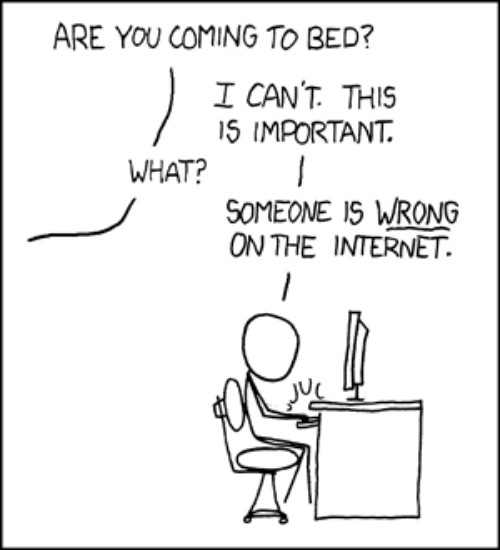
While NFTs are an easy way to define a community and exclude outsiders (only owners of XYZ NFT allowed), too many communities are focused on the financial value of an NFT instead of the community. For many in NFTs, the thrill of purchasing an NFT for $30 and flipping it the next day for $1,500 overshadows everything else. This focus on the financials for people who are daytrading jpgs tricks leaders into focusing on building the wrong things, ultimately collapsing the community and sending the NFT value to zero.
These overly-financialized communities quickly become about “the next whitelist,” “alpha calls,” new trading strategies, and finding ways to raise the value (floor price) of the community’s NFT. For example, to increase the value of an NFT investment, owners are incentivized to “de-list” their NFT, shrinking supply, increasing the price. Increased prices increase the barrier to entry for people who truly care about the values and mission of the tribe.
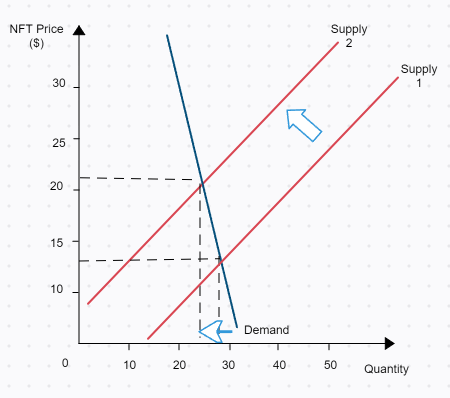
Instead of focusing on the financial, NFT communities should take a page out of Tribes to build sustainable, cohesive communities. As a community grows more cohesive, the financials should take care of themselves.
For more on the current “meta” in NFTs, watch the following:
Nonfungible Community:
Strategies for Leaders
As outlined above, generating the sensation of movement is critical to convert a crowd into a community, and a community into a tribe. After establishing the narrative of the tribe, methods of communication, etc., found in the “Building Online Communities” section, leaders can follow some of the below strategies to ensure they create a tribe.
Start Small
Margaret Mead once said, “Never underestimate the power of a small group of committed people to change the world.” Starting small, building a committed core, and then expanding outwards is a critical piece to scaling. Cohesion is difficult to manufacture, and once lost, is impossible to recover. A small, tightknit tribe has cleaner lines of communication and a more targeted purpose for the community.
NounsDAO is an excellent example of how to build in limiting factors on growth to ensure a committed core. Nouns are an NFT which mint one NFT per day for forever. To join the NounsDAO, you must own a Noun. By only creating one new NFT per day, the creators ensure a small tightknit community to start but have uncapped potential. The smaller the original group, the more outsize role leaders can have. Unlike in a 10,000 person tribe, the leader of a 10 person tribe can know a lot about each member. Most NFT communities can’t support 10,000 people, especially not at first. Just because CryptoPunks had 10,000 NFTs doesn’t mean you should as well.
Organic Growth
The Sol Army, a Solana community, is a tribe which can be joined by one of two ways: purchasing a Sol Army Good Vibes Pass, or GV pass or buy purchasing a Recruit Token. The GV Pass comes with premium access and features, such as the passive collection of 9 $GV tokens per day. These $GV tokens can be pool and spent to enter raffles, purchase merch, or create a new Recruit Token to sell or give to friends you’d like to join the tribe. This mechanism, of allowing long-term community members to invite their friends to join the community, incentivizes organic growth. This model also reduces barriers to entry for new people looking to join the tribe. Instead of needing to spend $2,000, they can be invited to join by a friend.
Another interesting model for organic growth has been implemented by MonkeDAO. One of the most distributed projects in Solana, MonkeDAO has an elected Board responsible for governing the day-to-day and strategic decisions of the tribe. With a total of 16 positions, the community votes every 3 months on the leadership of the DAO. Some board members handle content/design work, some hunt for other projects to invest in, while others focus on community management. This governance structure allows for non-founders to rise up the ranks into leadership. By enabling organic leaders to emerge from the tribe, you create a sense of ownership amongst all members.
It’s about more than you!
While the leadership of a tribe is important, the people who compose the community matter much more, and leaders should be careful in who they allow in. The vast majority of interaction between outsiders and the tribe will be with tribe members, not you; there are just more of them! After reaching a certain scale, recruiting of new members will be conducted by the tribe itself. By being selective in who is allowed in early, you ensure a stable pipeline of high quality recruiters later down the line. Some communities only have “one rule – good vibes.” That’s not a rule at all, and certainly wont be helpful in turning away potential recruits.
"Leadership has nothing to do with know how the trick is done but everything to do with the art of doing it. The tactics of leadership is easy. The art is the difficult part."
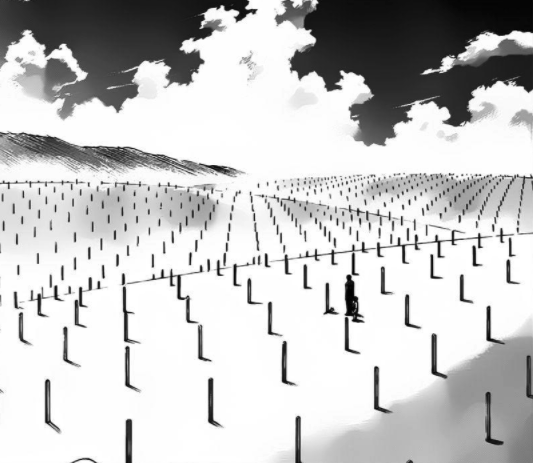
-Michael
If you've made it this far, you'll probably like my other pieces as well. Subscribe below for free.

